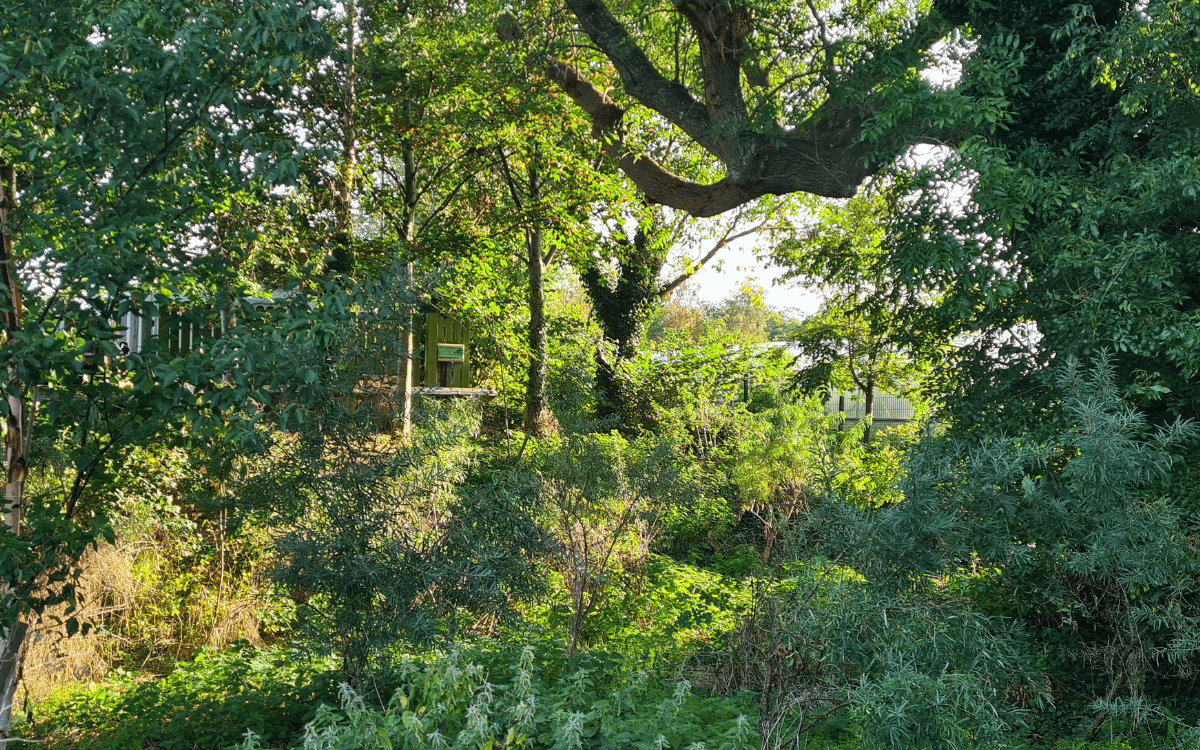Home » Food Forest

Food Forest
-

Food forests represent a holistic and eco-friendly approach to food production, fostering biodiversity, sustainability, and community involvement while providing nutritious and locally sourced foods. They are designed to mimic a natural forest while producing a wide variety of edible plants
The main characteristics of a food forest include:
- Layered Planting: Similar to a natural forest, food forests consist of multiple layers of vegetation, including tall canopy trees, understory trees, shrubs, herbaceous plants, ground covers, and root crops. Each layer provides different types of food and habitat for wildlife.
- Perennial Plants: Food forests predominantly feature perennial plants that require less maintenance compared to annual crops. This reduces the need for frequent replanting and the use of pesticides and fertilizers.
- Biodiversity: By incorporating a wide range of plant species, food forests encourage biodiversity. This diversity helps attract beneficial insects, birds, and other wildlife, which can assist with pest control and pollination.
- Self-Sustainability: Food forests aim to be self-sustaining ecosystems, where the plants work together to create a balanced and low-maintenance system. Companion planting and nutrient cycling are key components of this approach.
- Low-Impact Agriculture: These systems promote environmentally friendly agriculture by reducing soil erosion, conserving water, and sequestering carbon. Food forests also help mitigate the negative impacts of conventional monoculture farming.
- Local Food Production: food forests contribute to local food security and reduce the carbon footprint associated with food transportation. Communities and individuals can harvest fresh, organic produce directly from the forest garden.
- Education and Community Engagement: Many food forests in the uk are established as community projects, providing opportunities for education and engagement with sustainable agriculture practices. They often serve as spaces for workshops, gardening classes, and community gatherings.
- Climate Adaptation: Food forests can be designed to be resilient in the face of climate change, as the diversity of species and their adaptability can help withstand extreme weather events and changing conditions.
Overall, food forests represent a holistic and eco-friendly approach to food production, fostering biodiversity, sustainability, and community involvement while providing a variety of nutritious and locally sourced foods.
